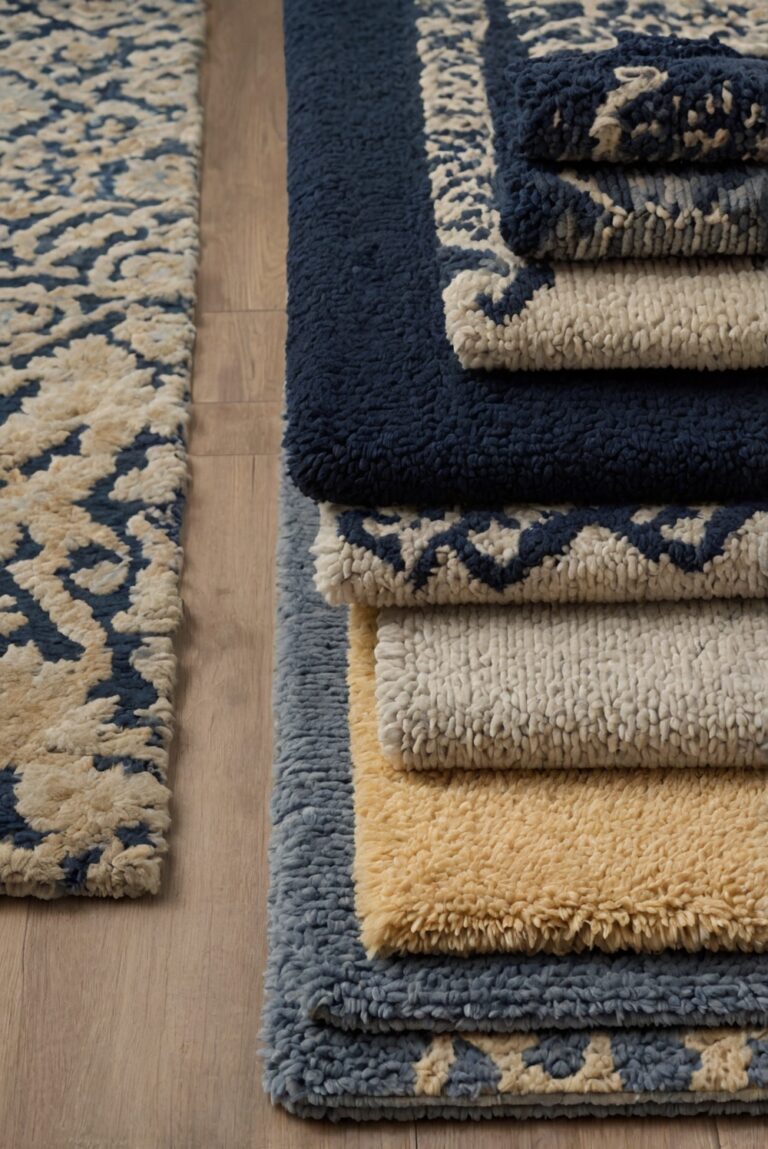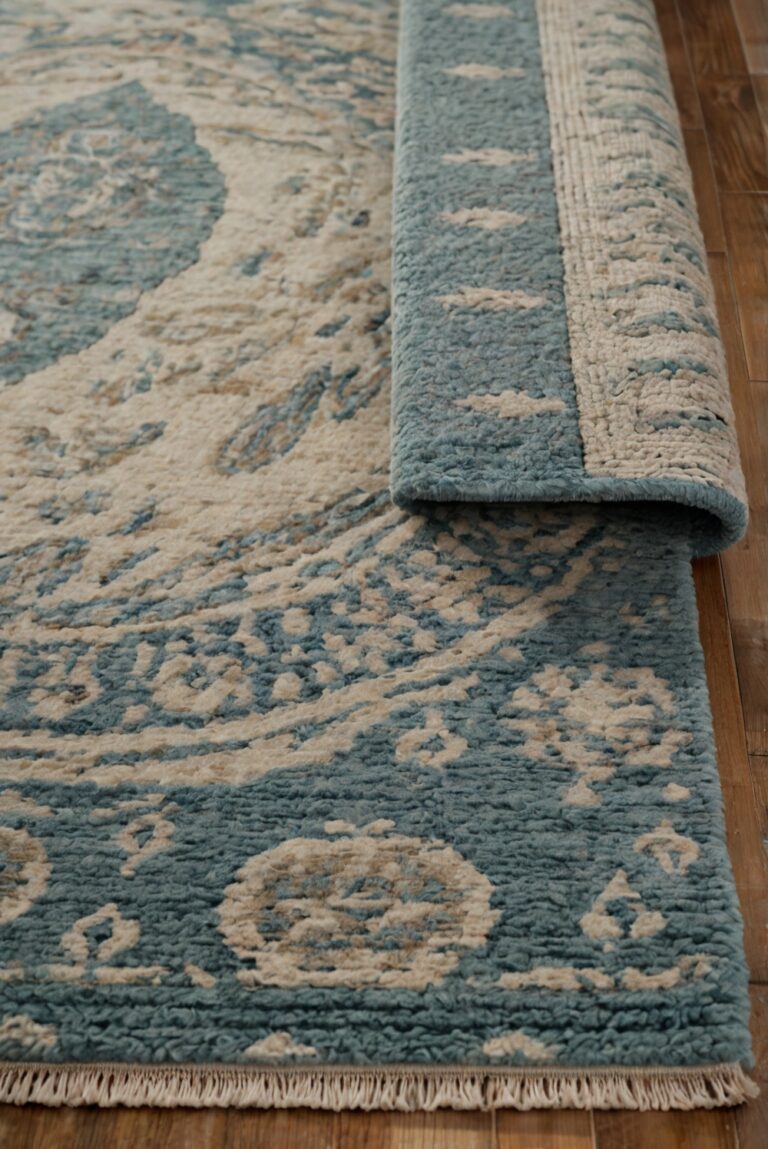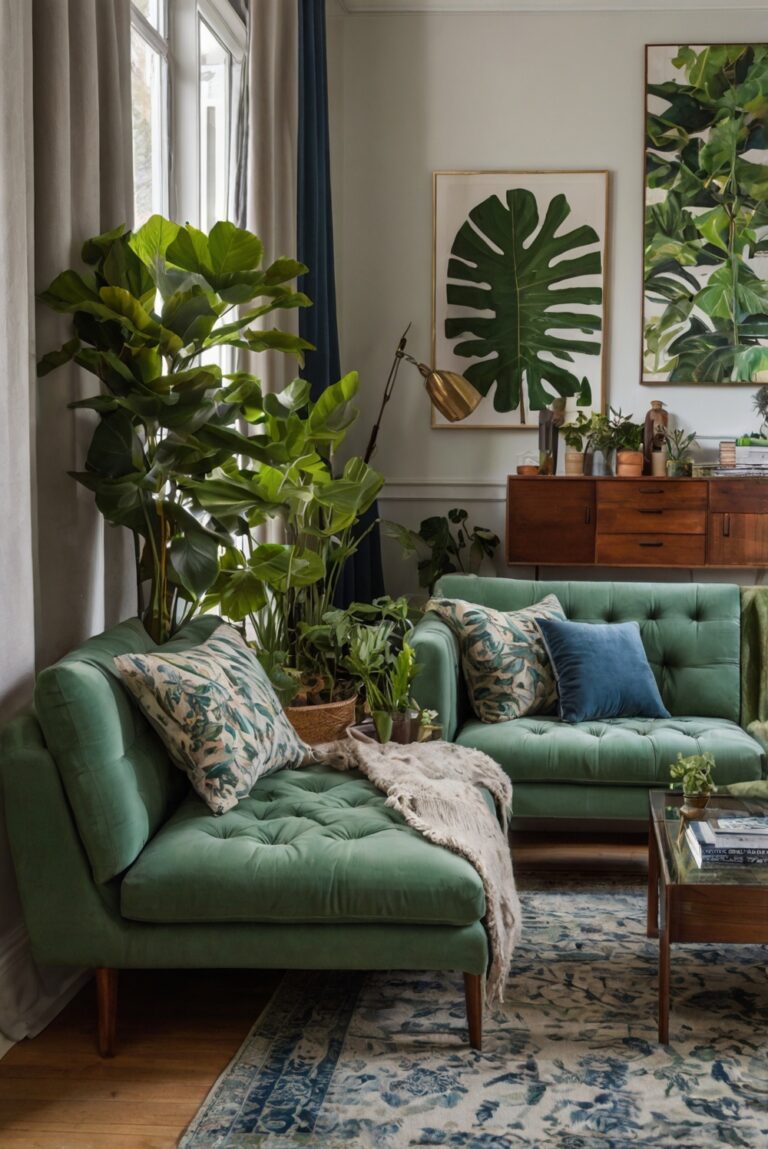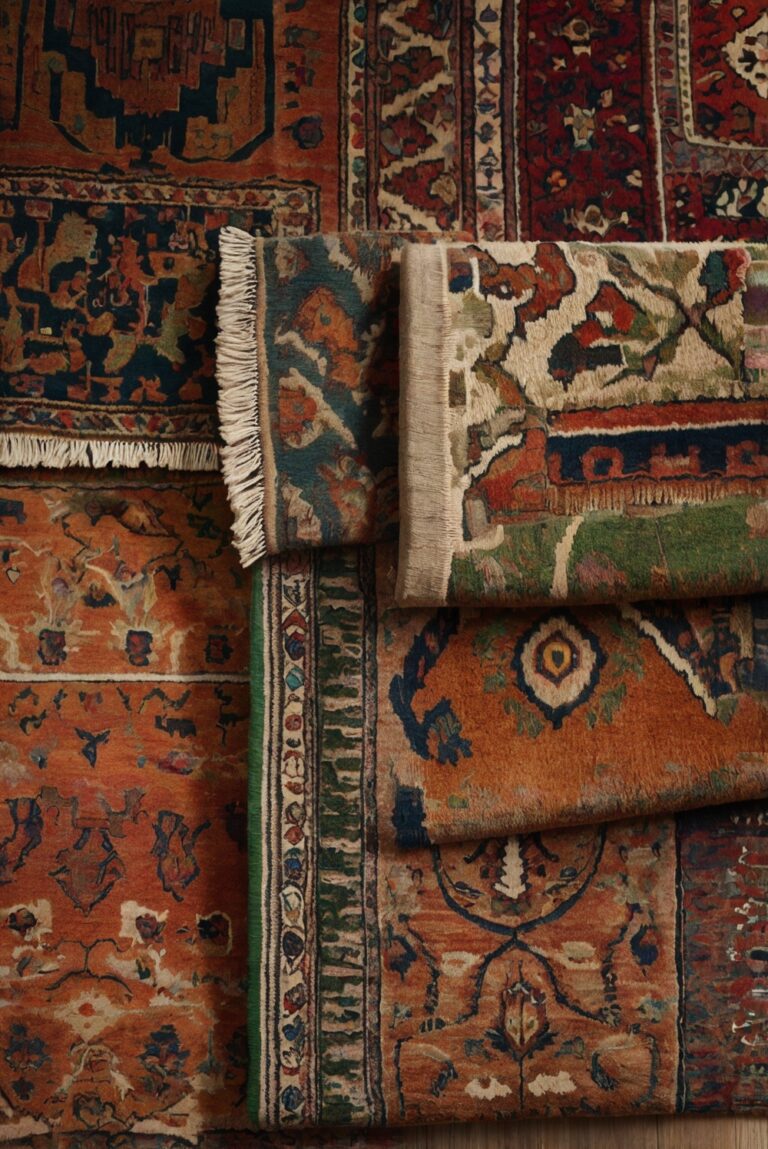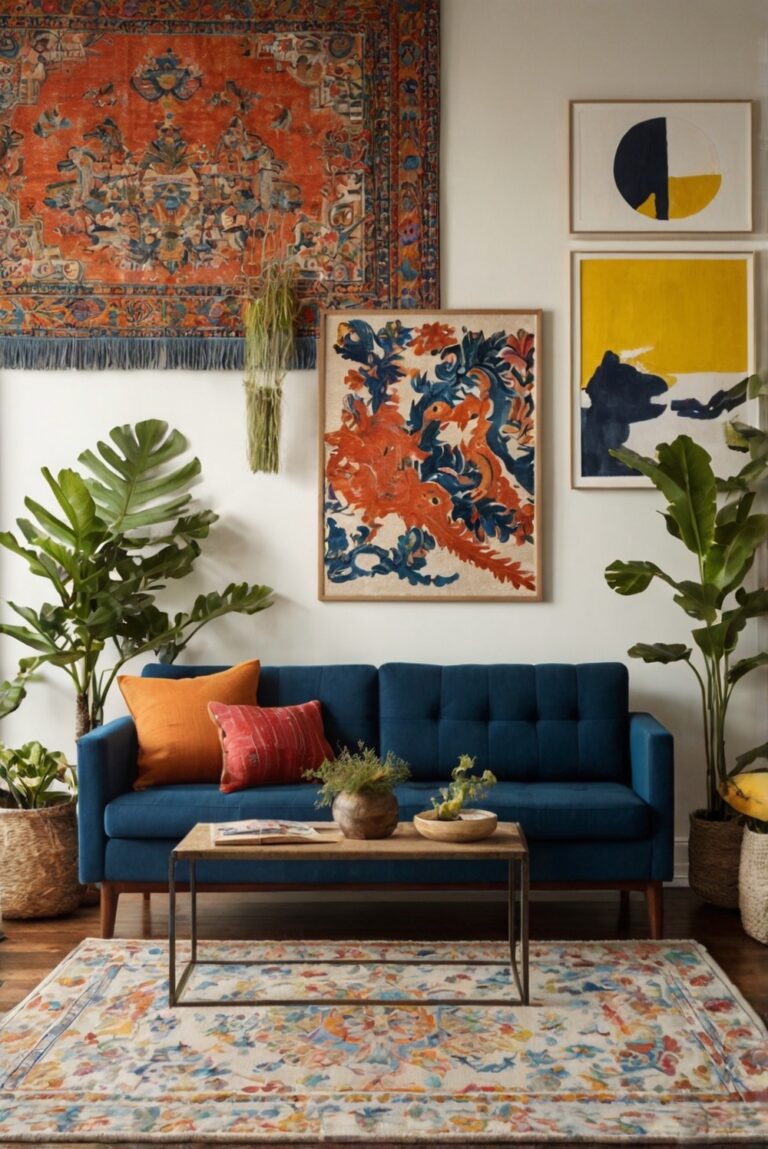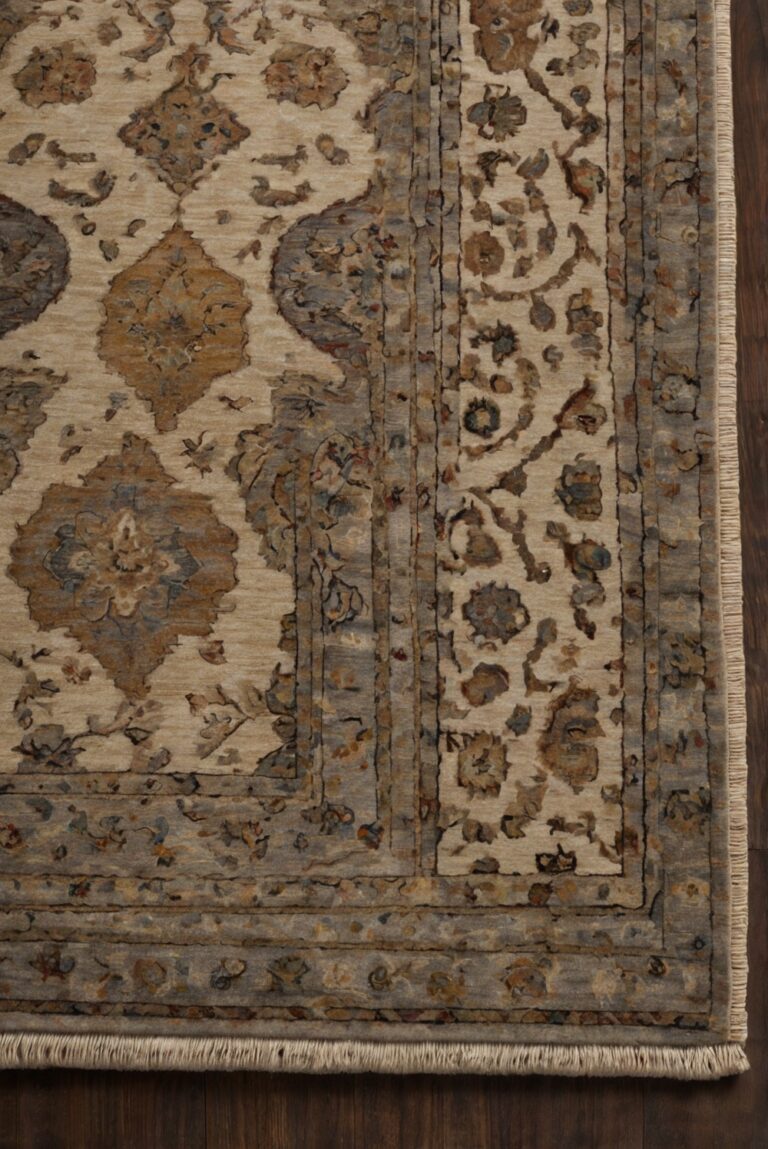Discover simple yet effective ways to define spaces in your living room with the right rug. Elevate your interiors with this essential interior design element.
How to Use a Rug to Define Spaces in a Living Room?
Answer:
Using a rug to define spaces in a living room is a key element of home decorating and interior design. A well-chosen rug can separate different areas within the room, such as a sitting area or a dining space, creating a cohesive and visually appealing design. When selecting a rug for space planning, consider the size of the room, the furniture layout, and the overall color scheme to ensure it complements the interior design. Additionally, using rugs with different textures and patterns can add depth and visual interest to the space. Be mindful of the rug placement to make sure it doesn’t create a tripping hazard or obstruct doorways. Incorporating rugs into your interior design can elevate the overall look and feel of your living room while enhancing the functionality of the space.
1. Choose the Right Size Rug
One of the most important aspects of using a rug to define spaces in a living room is choosing the right size rug. The rug should be large enough to anchor the furniture in the space and create a cohesive look. A rug that is too small can make the room feel disjointed and cluttered. Measure the dimensions of your living room and furniture before selecting a rug to ensure it fits properly.
2. Consider the Shape of the Rug
Another important consideration when using a rug to define spaces is the shape of the rug. Rectangular rugs are great for defining seating areas and creating a sense of symmetry in the room. Round rugs can be used to soften the edges of furniture and add visual interest. Consider the layout of your living room and the shape of your furniture when choosing a rug shape.
3. Layer Rugs for Added Dimension
To add depth and dimension to your living room, consider layering rugs. Layering rugs can help define different zones within the space, such as a seating area or a reading nook. Choose rugs that complement each other in terms of color and texture to create a cohesive look. Layering rugs is a great way to add visual interest and personality to your living room.
Additional Tips:
When using a rug to define spaces in a living room, be sure to consider the color and pattern of the rug. A rug with a bold pattern can serve as a focal point in the room, while a neutral rug can help tie the space together. Additionally, consider the material of the rug and choose one that is durable and easy to clean.
Conclusion
Using a rug to define spaces in a living room is a great way to add style and functionality to the space. By choosing the right size and shape of the rug, considering layering rugs for added dimension, and paying attention to color and pattern, you can create a cohesive and inviting living room. Remember to measure your space and furniture before selecting a rug and have fun experimenting with different rug styles to find the perfect fit for your living room.
1. What size rug should I use to define spaces in a living room?
When using a rug to define spaces in a living room, consider the size of the room and the furniture arrangement. A large room may benefit from a bigger rug that can anchor the seating area, while a smaller room may require a smaller rug to create a cozy space. Ideally, the rug should be large enough for all the furniture legs to sit on it, creating a cohesive look. Measure your space and consider the layout before choosing a rug size.
2. How can I use a rug to separate different areas in a living room?
To separate different areas in a living room using a rug, you can place the rug under a specific grouping of furniture. For example, you can place a rug under the coffee table and sofa to define the seating area. Additionally, you can use different rugs to delineate various zones within the room, such as a rug under the dining table to define the dining area. By strategically placing rugs in different sections of the living room, you can visually separate the spaces while maintaining a cohesive design.
3. What rug materials work best for defining spaces in a living room?
When using a rug to define spaces in a living room, consider the material of the rug for both aesthetic and practical purposes. Wool rugs are a popular choice for their durability and soft texture, making them suitable for high-traffic areas. Additionally, natural fibers like jute or sisal can add texture and warmth to a space while defining different zones. Synthetic rugs are also a practical option for easy maintenance and affordability. Choose a rug material that complements your decor style and suits the function of the space.
4. Should I match the rug to the existing decor in a living room?
While matching the rug to the existing decor in a living room can create a cohesive look, mixing patterns and textures can add visual interest and depth to the space. Consider the color palette and style of your furniture and accessories when choosing a rug to define spaces in the living room. A neutral rug can complement a bold color scheme, while a patterned rug can add a focal point to a monochromatic room. Experiment with different rug designs to find a balance between matching the decor and making a statement.
5. How can I maintain and care for a rug used to define spaces in a living room?
To maintain and care for a rug used to define spaces in a living room, regular vacuuming is essential to remove dirt and debris. Rotate the rug periodically to ensure even wear and prevent fading in high-traffic areas. For spills and stains, blot the area immediately with a clean cloth and mild detergent, avoiding rubbing the stain further into the fibers. Consider professional cleaning for deep cleaning and maintenance of the rug. By following these care tips, you can prolong the life of the rug and keep it looking fresh and vibrant in your living room.


